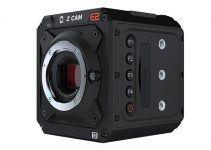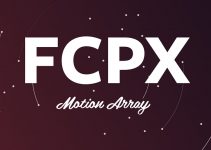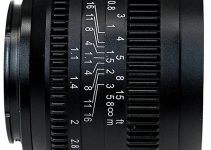Ever since I saw “Leon: The Professional” in a dingy cinema back in 1994, I’ve been an avid Luc Besson fan. Since then I’ve seen all of his films, and while some may not be as good as others, one thing remains constant – he’s a hell of a filmmaker. Besson often produces his own films and operates his camera, just like Lars Von Trier and Robert Rodriguez, two other filmmakers I am a huge fan of. He’s one of those director’s who is very hands on in all aspects of the film-making process.
And you have to admire that. Besson delivers action packed films like no other. He’s the man behind the Taxi, The Transporter, and Taken action franchises. If there’s one thing he’s good at – that’s crafting solid action flicks. And it’s not only set pieces that he’s unique at, but the way he mixes a formal, more classic style of dollies and smooth shots with action-packed hand-held style often employed amidst explosive action sequences, while at the same time keep the story moving along and the drama unfold.

Strong female lead characters are often an object of his fascination in previous films – “La Femme Nikita”, “The Fifth Element”, and “Joan of Arc”. His latest film “Lucy”, stars Scarlett Johansson as a graduate student, tricked into being a drug-mule, who gets superhuman brain powers via an experimental drug. In the process of “unlocking the full potential of her mind” Lucy gets into a lot of action sequences requiring some heavy VFX work in order to create a believable atmosphere.
Award-winning cinematographer and Besson regular, Thierry Arbogast conducted extensive tests with the ARRI Alexa, RED Epic and Sony F65 cameras, finally deciding to use the F65 as A-cam on “Lucy”.
“At the moment, these are the three best digital cameras in the world,” Arbogast says. The testing process included capturing footage both outdoors and inside the Cité du Cinéma stages in Paris—where roughly 90 percent of the movie was filmed—followed by color grading at Cité du Cinéma post facility Digital Factory and a 4K screening.
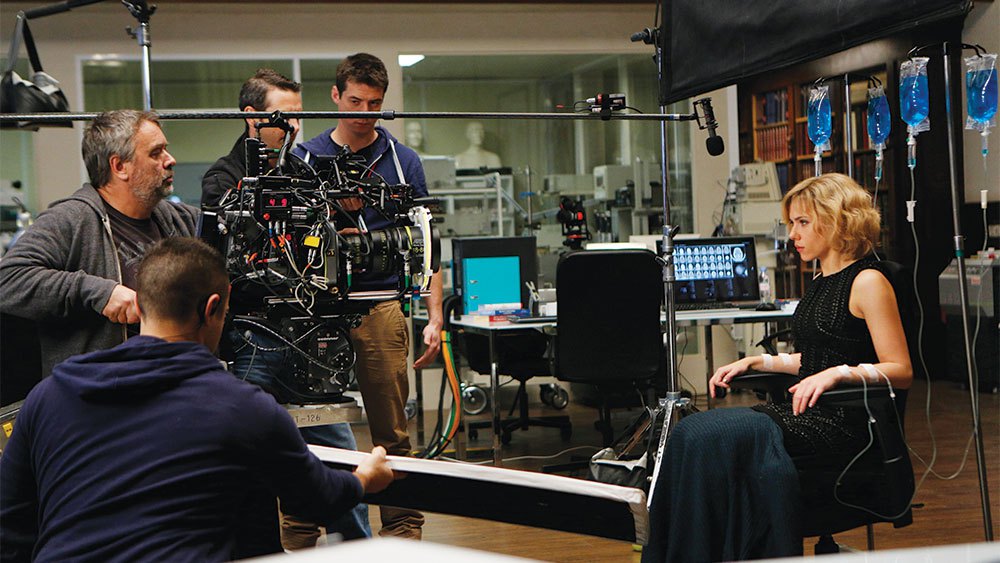
“Luc’s feeling, and my feeling too, is that the F65 is probably the best camera for the color space,” Arbogast says, though he is careful to point out that the decision is not a critique. “I love Alexa. I am shooting at the moment with Alexa!”
As Luc Besson operates the camera himself and likes zoom lenses, Arbogast selected some excellent cine-zooms in order to capture the action sequences of “Lucy”. They worked with a combination of ARRI/Fujinon Alura 18-80mm and the Angenieux Optimo 24-290 zoom lenses. For Steadicam work they used a complete set of Cooke S4/i primes.
“The Alura is very nice, very beautiful, especially for close-ups with the actress, so it was the zoom I used with Luc’s camera,” he says. “For the Steadicam—because Luc also uses a lot of Steadicam—I used the Cooke S4, which I love because it’s not too sharp, it’s not too hard, and it works really well for close-ups, too.”
Luc Besson’s bold vision for the “out-of-this world environment” of Lucy, had Thierry Arbogast work closely with VFX Supervisor Nicholas Brooks. A monumental 180-degree green screen was required for the time-lapse sequence depicting New York City’s Times Square traveling backward through history. This scene was shot on the largest stage at Cité du Cinéma. The green screen was mated with a 24K projector to help create the illusion of the sun crossing the sky. The NYC Times Square footage featuring people, cars, horses and carriages from various times of history was captured and later composited into a seamless shot.
“There are a lot of special things we had to do for that sequence,” Arbogast recalls. “For instance, Nick asked me to have the light go faster and faster, like day-night-day-night but very, very, very fast. So I made a ring with a light attached that can go up and down like the sun and can turn around very quickly,” he describes. “We worked on that a lot,” he adds with a laugh.
“We shot in 4K with RED cameras because it was easier to locate six RED cameras in Paris at that time,” he details. “We mounted six RED cameras on a camera car: one in front, one behind, two on the sides, one tight, one wide. At every point, we needed to match the actors. We had this camera car do the chase along the Rue de Rivoli.”
Up until recently, Luc Besson had shot his films on celluloid, and despite using a few digital shots sparsed throughout his most recent films, “Lucy” marks his first full foray into digital filmmaking on a massive scale such as a VFX-heavy action film. Despite the fact that the Sony F65 was his favourite camera from the tests they did with his DP, Luc chose to use the Alexa and RED’s for action sequences where space and time where of the essence. The winning factor for him choosing the Sony F65 as his main camera over the other two cameras were skin tone rendition and overall true colour fidelity.
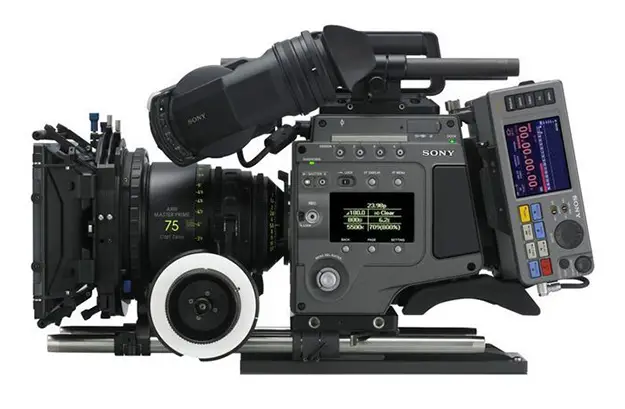
In a recent interview with Pierre Souchar, Luc Besson shares some interesting insights into his experience with the F65. When being asked whether they shot in 8K or 4K (as the F65 has an 8K sensor, which is capable of producing resolutions higher than 4K after interpolation of the F65 raw data, yielding resolutions such as 8K x 4K and others):
No, we worked in 4K. We were aware that we had a racing car, but we didn’t want to step too hard on the accelerator! For this film, 8K was not needed, especially as the film will be released in 2K in most cinemas.
Of course, there are exclusive showings planned in 4K, but the release prints will be in 2K. The special effects department was very pleased with the 4K files we provided. I think 8K would have significantly increased their computing time.
8K is obviously a good thing in itself because, as we always say, it’s better to start too high and come back down and of course we would have been able to get a better 4K file from an 8K file. From the preparation stage of the film, I insisted that Luc film in 4K. At that time, the first 4K screens and televisions were starting to appear. Dynamic 4K is already here, perhaps more in the United States than in France, but it’s started.
In the featurette below the stars of “Lucy” discuss working with Luc Besson, and his impressions working with the Sony F65.
Check out some more “Making of & behind the scenes” of “Lucy” showing Luc Besson lugging around that huge lump of 4K/8K awesomeness – the Sony F65.
[via Creative Planet Network, Sony Pro UK]
Disclaimer: As an Amazon Associate partner and participant in B&H and Adorama Affiliate programmes, we earn a small comission from each purchase made through the affiliate links listed above at no additional cost to you.
Claim your copy of DAVINCI RESOLVE - SIMPLIFIED COURSE with 50% off! Get Instant Access!



